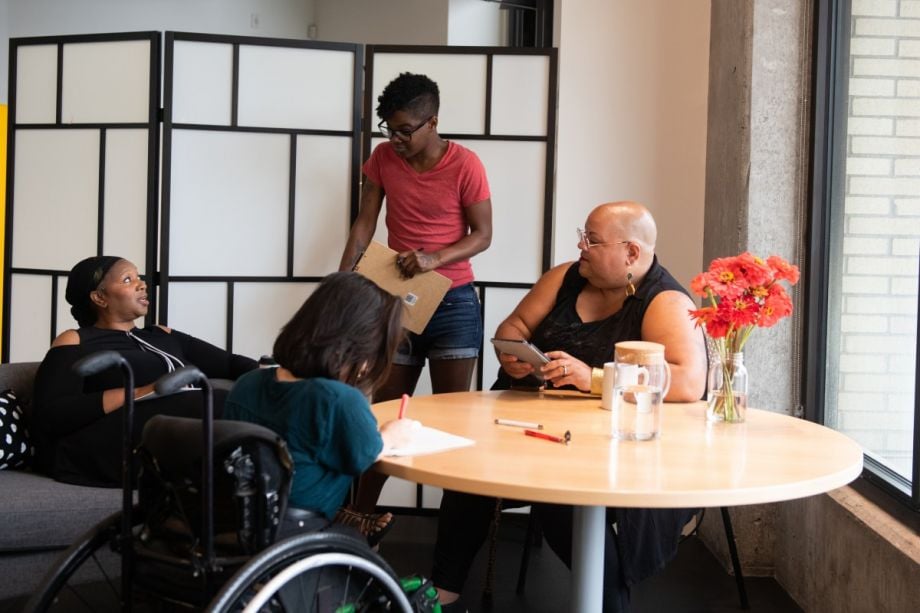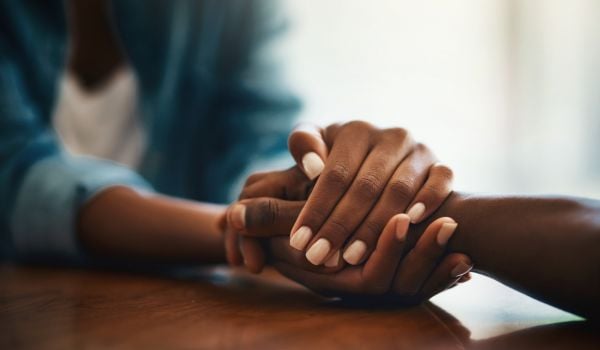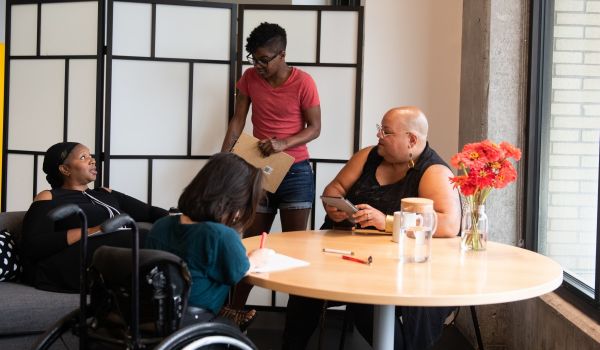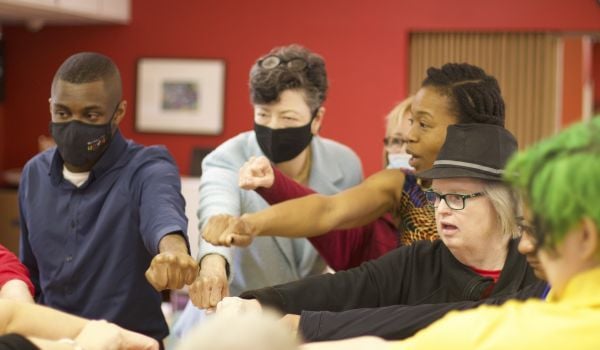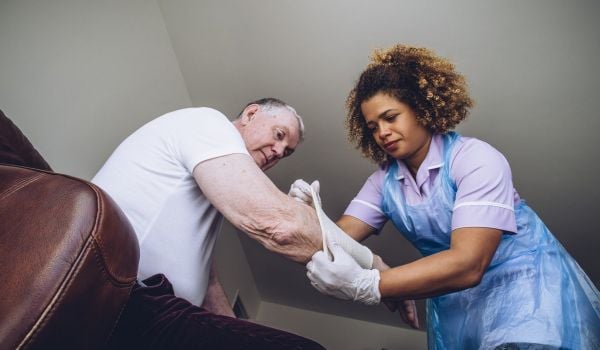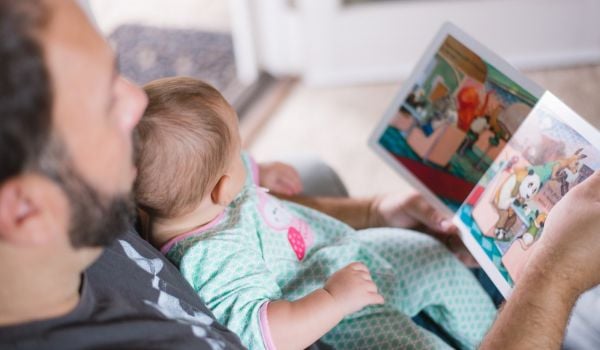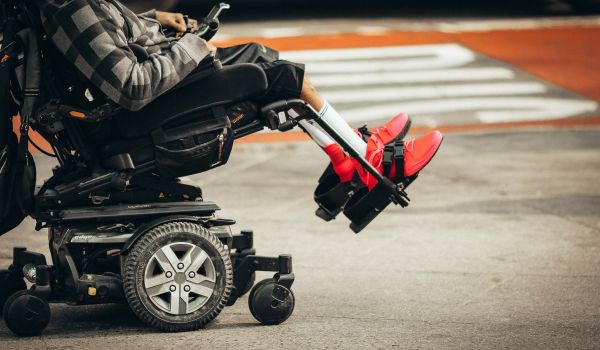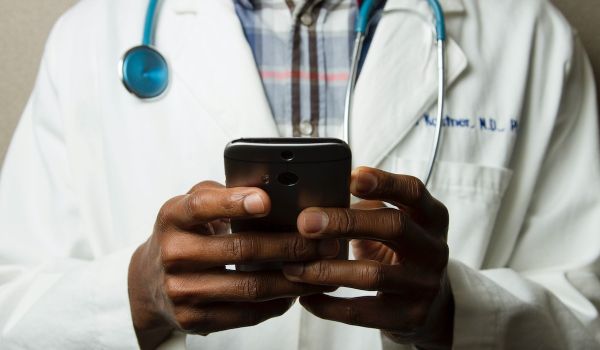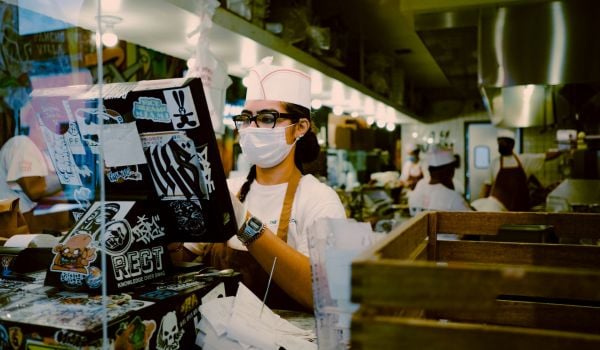Last month, “Avatar: Way of the Water” captured the world’s imagination. But you don’t have to travel to Pandora to witness the magic of the water or the power of community action to make a change.
For eight years, as leader of the Betty Wright Center in Palo Alto, a warm-water therapy facility open to the public, I saw this kind of magic every day.
It taught me a lesson that holds true for anyone seeking greater equity in any healthcare system: If we are to design systems and facilities that are truly for the people and with the people (known as patient-centered care), we must carefully listen and learn from people with disabilities when designing facilities and programs.
Sadly, the Betty Wright Center shut down in 2013 because its infrastructure became outdated, and fundraising could not fill the gap. But the lessons that I and others learned there can live on if we remember the importance of including all voices.
Involving communities in designing for themselves can radically advance healthcare for all.
Users’ experience is more important than industry standards
In community-based settings, people with disabilities often know more about what they need than “experts.” At the center, we learned this lesson again and again.
Many of our clients, we learned, were triggered by the resounding echoes within the pool hall. Suspending hundreds of sound baffles not only advanced the learning environment for people on the autism spectrum (myself included) but neurotypicals. Children and adults with spastic disorders similarly taught us that 86-degree water – an industry standard held by the YMCA and others – is simply an unsafe temperature for those with chronic pain and neuromuscular disease. Raising the temperature to just below the basal core temperature (93 degrees) allowed for sustained traction and water-walking activities without goosebumps.
Sure, it was unsafe for endurance swimmers, but they weren’t our constituency. It was also a winning recipe for our swim lessons for typically developing kids.
In a similar vein, people with para- and quadriplegia guided us to design and build more water wheelchairs to leverage our pool ramp rather than investing in hospital-like swing lifts. Based on this input, a group of innovative Eagle Scouts and their entrepreneurial parents co-created a more liberating – and humanizing – way to enter and exit the pool.
In the design of community settings for the disabled, listening to user input helps create a better experience for everyone.
Programs need to fit together continuously
Navigating the U.S. healthcare system is taxing to even the most educated person, especially when programs don’t seem well-connected to each other, in terms of location, services, or staff. Continuity – that is, programs that all fit together seamlessly – is one of the four pillars of a high-quality healthcare system, according to the National Institutes of Health.
At the Betty Wright Center, services were continuous, offering warm handoffs and fluidity from one program to the next. Participants wanted physical therapists who could consistently walk them through the program and their fears. Participants also wanted progression – a series of classes with increasing complexity. We designed a series of linked programs, from aquatic physical therapy to rehabilitation classes, fitness classes and self-directed exercise. This continuity was central to participant adherence and progress.
Even better, adults with disabilities co-led our classes; who better to show the ropes than someone who had already mastered it? Instructors with cerebral palsy were some of the most sought-after teachers – especially for families with a child with cerebral palsy. There is plenty of evidence that patients prefer clinicians and instructors like them in sex and race or ethnicity.
In the pool, people with disabilities, suspended and supported by the buoyancy of the water, are on equal footing with a fully abled body professional. In addition, people living with disabilities offer not merely sympathy, but genuine empathy and best practices from their own lived experiences. Designers and planners need to think about continuity in creating spaces and programming for people with disabilities.
Teaching needs to go both ways
People with disabilities are ideal teachers for building a continuum of learning culture. They have a lifetime of experiences in patience and compassion – requisite character qualities to overcome burnout in healthcare.
We learned to work through challenges through deep breathing – a critical skill that people with chronic pain know all too well. People with disabilities also model something increasingly rare today: engaged and civil democracy for the purpose of system improvements.
When para-transport continually fails people with disabilities, they mobilize together – realizing the strengths in numbers and stories. At Betty Wright, people with disabilities self-selected to teach and mentor our interns from nearby Stanford in adapted design and water walking – things traditional academic courses and ivy-league professors failed to teach them.
This sense of a higher calling to the system permeated our culture. All staff, whether lifeguards, administrators, or practitioners, gained and proudly shared their best practices, recorded these, and co-taught– so that we learned and rose together. Rather than gaining deeper and deeper specialization, leading to siloed workflows, our participants with disabilities taught it was more useful to them that we all knew little about a lot; and they were eager to learn from everyone, one day at a time.
The future calls for more local community spaces for learning and thriving, and these need to be designed in partnership with those who use them. Places that bring diversity and ability together will become increasingly important to foster civil engagement, learning and co-design, challenging our biases and assumptions.
Giving everyone a voice is the best way to ensure that magic continues to happen.
Henry Olaisen, PhD, is an epidemiologist and social entrepreneur. He is a Public Voices fellow of AcademyHealth in partnership with The OpEd Project.

